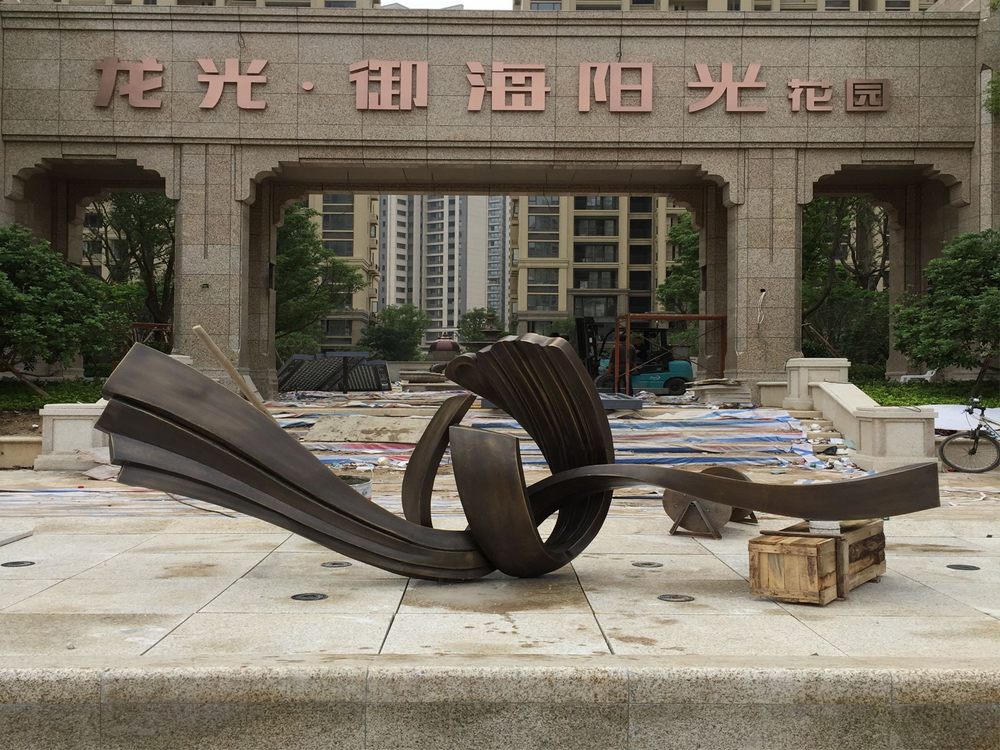
Stone sculpture projects can be broadly categorized into two types: commissioned and speculative. While both involve the creation of art from stone, they differ significantly in purpose, process, and artistic freedom.
Commissioned Stone Sculpture Projects
Commissioned sculptures are created at the request of a client, who provides specific guidelines regarding size, theme, and materials. The artist collaborates closely with the client to ensure the final piece meets their vision. These projects are often funded upfront, providing financial security for the sculptor. The focus is on fulfilling the client's requirements, which may limit artistic experimentation but ensures a guaranteed outcome.
Speculative Stone Sculpture Projects
Speculative sculptures, on the other hand, are initiated by the artist without a predetermined buyer. The sculptor has complete creative control, choosing the subject, style, and materials. These projects are often driven by personal expression or exploration of new techniques. However, they carry financial risk, as the artwork may not sell immediately or at all.
Key Differences
1. Purpose: Commissioned works serve a client's needs, while speculative works prioritize artistic vision.
2. Process: Commissioned projects involve client input, whereas speculative projects are artist-led.
3. Financial Risk: Commissioned pieces are pre-funded, while speculative pieces rely on future sales.
4. Creative Freedom: Speculative projects offer more artistic liberty compared to the constraints of client commissions.
Choosing between the two depends on the sculptor's goals—whether they seek financial stability or creative exploration. Both approaches contribute uniquely to the world of stone art.

